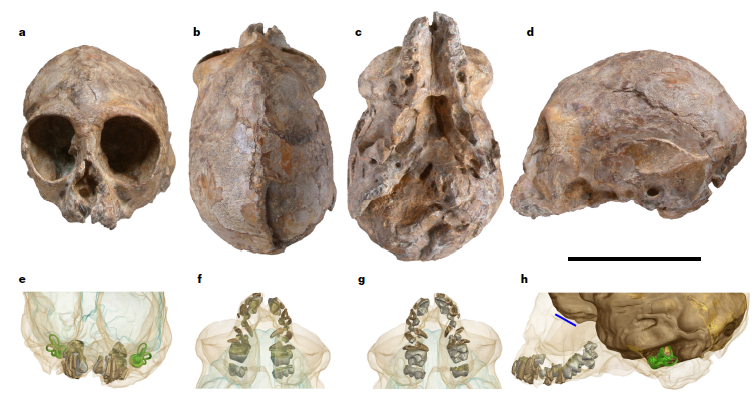On 4/20/2018, NPR’s celebrated science program, Science Friday, featured Dr. Cynthia Beall, ISO Fellow and professor of Anthropology, speaking about human genetic adaptation to high-altitude environments. The segment, “Diving Deep to Appreciate the Spleen,” explores human genetic adaptation to low-oxygen environments, beginning with the “Sea Nomads,” the Bajau people of southeast Asia who subsist completely off of the ocean, diving upto 65 feet, multiple times, for eight hours a day. Their large spleens store oxygenated blood for extended release during these prolonged dives. Dr. Beall’s work identifies another (different) human genetic trait that eases breathing in low-oxygen environments carried by Tibetans.
- About
- Research
- Antarctic Search for Meteorites
- Case Comprehensive Cancer Center
- Center for Education and Research in Cosmology and Astrophysics
- Evolutionary Biology Program
- Evolutionary Medicine
- Published Research
- Resources
- Student Research Opportunities
- Cosmology and Astrophysics
- Emergence of the Mind
- Evolutionary Biology
- Evolutionary Medicine
- Origins of Solar Systems
- Paleoanthropology
- The in silico Cell
- MultiSci
- For Students
- Travel
- Origins Science Scholars & Videos
- Give to the ISO






